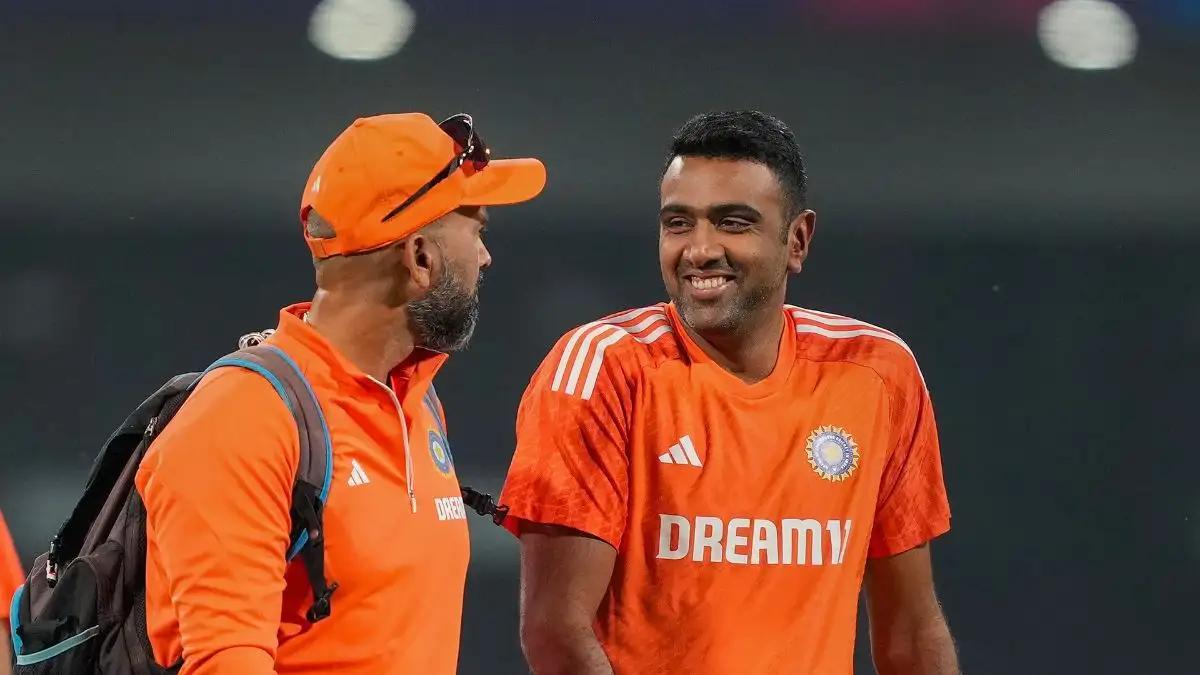
In what promises to be a thrilling clash of cricketing titans, Australia’s national cricket team is gearing up to face off against India in a high-stakes Test series on their home ground next month. Yet, amid the mounting anticipation, a significant conundrum lingers over the team selection. Former Australia cricket captain and esteemed commentator, Ian Chappell, has weighed in on this matter by voicing a word of caution to Australia’s current captain, Pat Cummins, regarding the strategic placement of Travis Head as an opener in the Test series.
This caution arises in the wake of David Warner’s retirement from the Test format, which has created a vacuum at the top of Australia’s batting order. Given this opening, Steve Smith temporarily took on the challenge of starting the innings. However, this experiment has yielded limited success, with Smith averaging a modest 28.5 runs. This performance has prompted the Australian selectors to explore other options, inevitably drawing Travis Head into the spotlight as a potential opener.
Chappell offers a uniquely considered perspective on this tactical decision. He acknowledges that Head’s explosive performances at the top of the order in limited-overs cricket have been nothing short of extraordinary. However, he cautions against seamlessly translating such success into Test cricket, which demands an entirely different approach and mindset. Test cricket, often described as the sport’s ultimate examination, requires resilience, patience, and adaptability, traits that may not always align with Head’s aggressive style.
“Head opening in Test cricket is based on his unbridled success facing the new ball in both 50-over and T20 cricket. There’s no doubt Head, with his ultra-aggressive style, is the ideal player to open in the two short forms of the game. However, Test cricket is an entirely different proposition,” Chappell articulates in his column on ESPNCricinfo.
A formidable test lies ahead for Head, should the decision be made to position him as an opener, particularly because of the fierce bowling competition expected from the Indian team.
. Indian spearhead Jasprit Bumrah, complemented by the prowess of Mohammad Siraj, represents a formidable challenge, one that will not easily be subdued by any ultra-aggressive approach. Chappell argues that opening the batting with Head “designed to unsettle Jasprit Bumrah is asking a lot of the batter.” In essence, these bowlers are likely to maintain their aggressive stance, unfazed by any attempts to rattle their execution of a meticulously planned attack.
Chappell also sheds light on another strategic dimension. He suggests Head might be more effective when there are runs on the board, allowing him to exploit gaps and boundaries with his natural attacking play. This scenario, he believes, would present pairing Head against the gifted R Ashwin, whom Head might successfully challenge given the right circumstances. However, deploying Ashwin early with a relatively new ball could negate this potential advantage, reflecting the strategic depth required in Test match cricket.
“The wily R Ashwin is unlikely to be panicked by an opponent’s ultra-aggressive approach,” Chappell elaborates, laying out the complexities of such a decision. “The argument could be mounted that opening with Head means he’d be more settled facing Ashwin with some runs on the board. On the other hand, a smart opposing captain can utilise the offspinner with a newish ball.”
As the clock ticks down to the much-anticipated Test series commencing on November 22, Chappell offers his seasoned insights as more than a mere warning. These reflections serve as a reminder of the multifaceted nature of Test cricket, where strategic decisions can act as a catalyst to either great success or unexpected challenges.
The challenges poised in selecting the right opener transcend beyond just technical skill; they require a shrewd understanding of game dynamics and player strengths, emphasizing the importance of strategic foresight. It remains to be seen how Pat Cummins and the selection committee will respond to this invaluable advice and the brewing discourse over Travis Head’s position in the lineup.
This upcoming Test series between two cricketing giants promises to be a thrilling spectacle, steeped in heritage and fierce competition. As the tension builds and enthusiasts eagerly await the onset of these clashes, the strategic choices made today could well dictate the narrative arc for Australia’s Test campaign against India.










